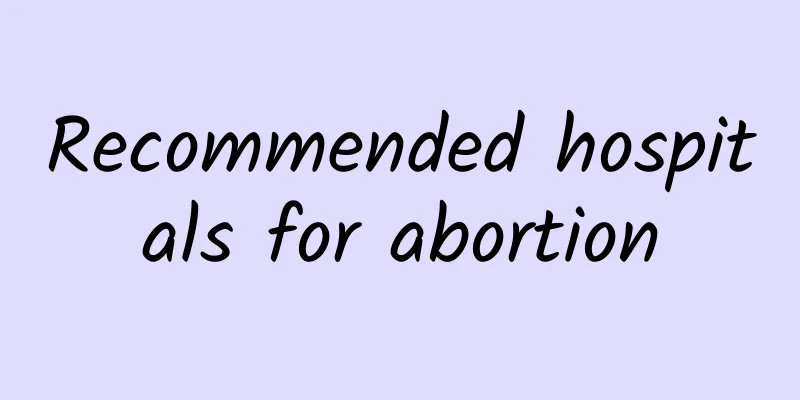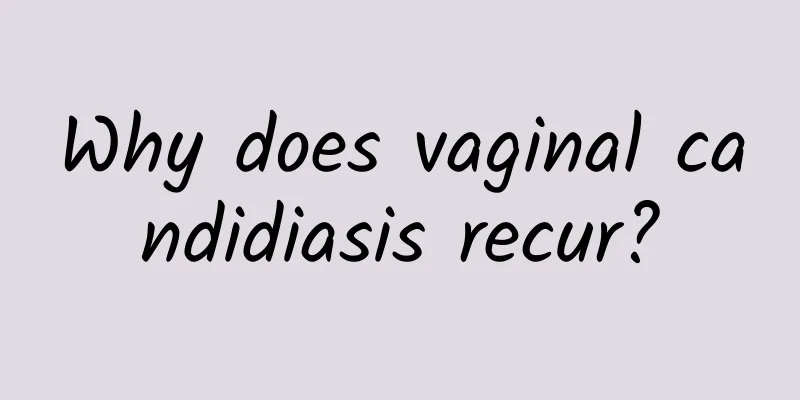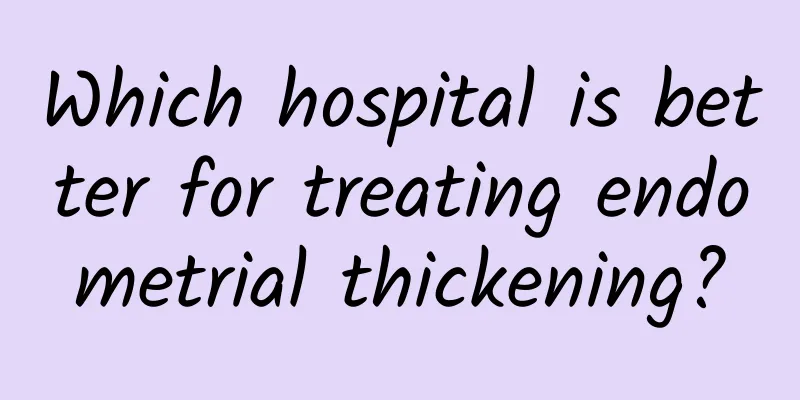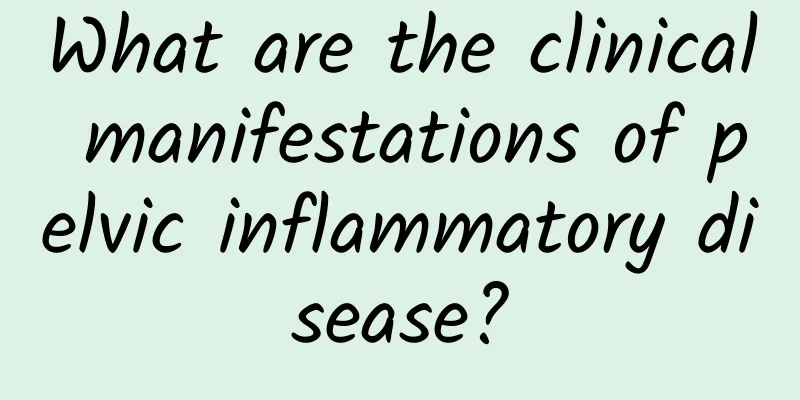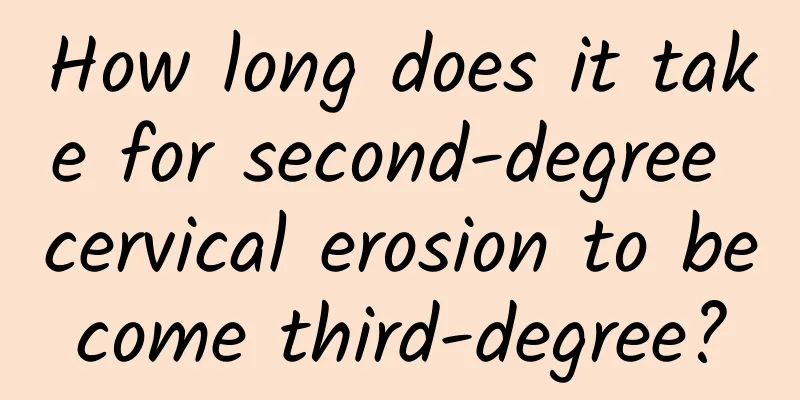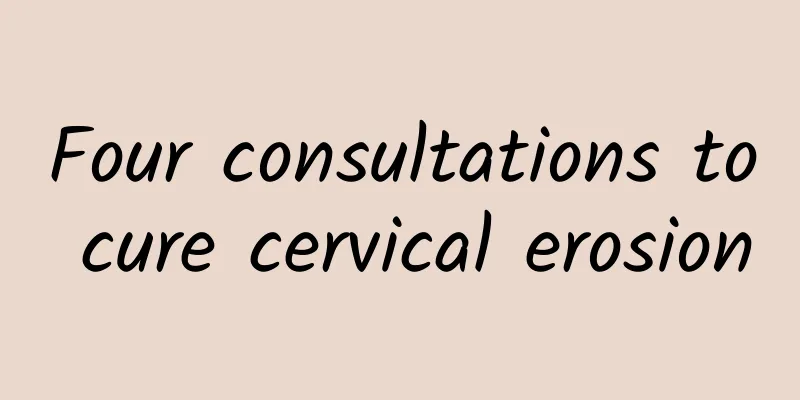What are the characteristics of multiple uterine fibroids? How to treat multiple uterine fibroids better?
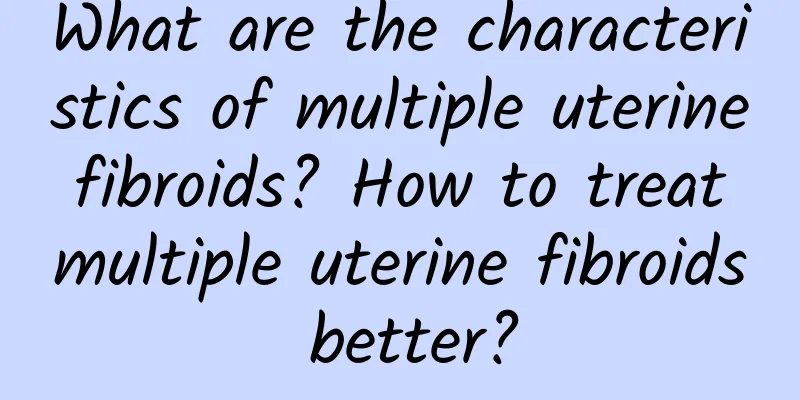
|
What are the characteristics of multiple uterine fibroids? This is a question that many female friends are concerned about. Uterine fibroids are a common gynecological disease, which refers to tumors caused by abnormal proliferation of smooth muscle cells in the uterus. They usually grow in the uterine wall and sometimes in the uterine cavity. So, what are the characteristics of multiple uterine fibroids? First of all, multiple uterine fibroids often cause irregular menstruation. Because the fibroids occupy the space inside the uterus, they affect the uterus's ability to contract, resulting in excessive or insufficient menstrual blood, or even prolonged menstruation. These are common characteristics of multiple uterine fibroids. Secondly, multiple uterine fibroids may also cause abdominal pain or back pain. As the growth of fibroids compresses the tissues and nerves around the uterus, it can cause abdominal discomfort. The degree of pain varies depending on factors such as the number, size, location, and growth rate of the fibroids. Some women experience mild bloating or dull pain, while others may experience severe abdominal pain or back pain. Therefore, abdominal pain or back pain is also a typical feature of multiple uterine fibroids. Finally, multiple uterine fibroids may also cause pelvic compression symptoms. When multiple fibroids gather in the uterus, they will compress the organs around the pelvis, leading to urinary system problems such as difficulty urinating, frequent urination, and urgency. Some women may also experience constipation and rectal compression. These pelvic compression symptoms are also one of the characteristics of multiple uterine fibroids. The best way to treat multiple uterine fibroids is to individualize the treatment plan according to the patient's specific situation. Usually, if the fibroids do not cause obvious symptoms, the doctor may recommend observation and regular checkups. For those patients whose symptoms are severe or affect their quality of life, the doctor may consider drug treatment or surgical removal. Drug treatment mainly includes oral contraceptives, anti-progestins and luteinizing hormone. These drugs can inhibit the growth of fibroids and relieve symptoms. However, drug treatment can only relieve symptoms and cannot completely cure fibroids. Common surgical methods for removing fibroids include myomectomy, myomectomy, and uterine fibroid embolization. Doctors will choose the appropriate surgical method based on factors such as the location and size of the fibroids and the patient's fertility needs. Surgical resection can completely remove the fibroids and has a low recurrence rate. However, surgical resection also carries certain risks and a recovery period. In summary, the main characteristics of multiple uterine fibroids are irregular menstruation, abdominal pain or low back pain, and pelvic compression symptoms. For treatment, the best plan should be formulated by the doctor according to the patient's specific situation. Whether it is observation, drug treatment or surgical resection, patients need to actively communicate with doctors and reasonably choose the appropriate treatment method. Through early detection and effective treatment, symptoms can be alleviated and the quality of life can be improved. |
<<: Why do submucosal uterine fibroids occur? The causes of submucosal uterine fibroids
Recommend
What are the complications of pelvic peritonitis?
Any disease that is not treated in time will lead...
What is abnormal vaginal discharge?
There are many different manifestations of abnorm...
How can I get thinner legs? Understand these 3 things first
The summer heat is unbearable, and even the fabri...
How to treat uterine cysts
Uterine cyst is a rare disease, generally refers ...
What causes female cervical erosion? Female cervical erosion is caused by 4 reasons
It is a very common phenomenon for women to suffe...
How to treat ovarian cysts
Ovarian cysts are not uncommon, and many women ma...
Losing weight means eating bland food? Choosing the right spices can help you lose weight
Summer is another season for weight loss! In the ...
Can vulvar itching be cured?
Can vulvar pruritus be cured? This is a concern o...
What are the symptoms of giant uterine fibroids? How to treat giant uterine fibroids?
The name of giant uterine fibroids is scary, and ...
Which hospital is better for treating endometrial tuberculosis?
Recently, more and more female friends have been ...
Two ice cream ingredients sampled in Taichung City were found to contain preservatives
In the hot summer, people always have to have a c...
Vulvar leukoplakia needs to be carefully differentiated from neurodermatitis
Vulvar leukoplakia and neurodermatitis have certa...
How to treat habitual miscarriage? There are several methods
In life, many women suffer from habitual miscarri...
What if my period came two weeks early?
What if my period comes two weeks early? Menstrua...
What are the clinical manifestations of irregular menstruation?
What are the clinical manifestations of irregular...

